I am proud to know that one years after the publication (September 15, 2021) of the new edition of the book on Electrotechnics and Electronics of which I am co-author with my colleagues Enrico, Ippolito and Pierpaolo, it has been appreciated by many secondary school teachers in Italy. The books are written in Italian.
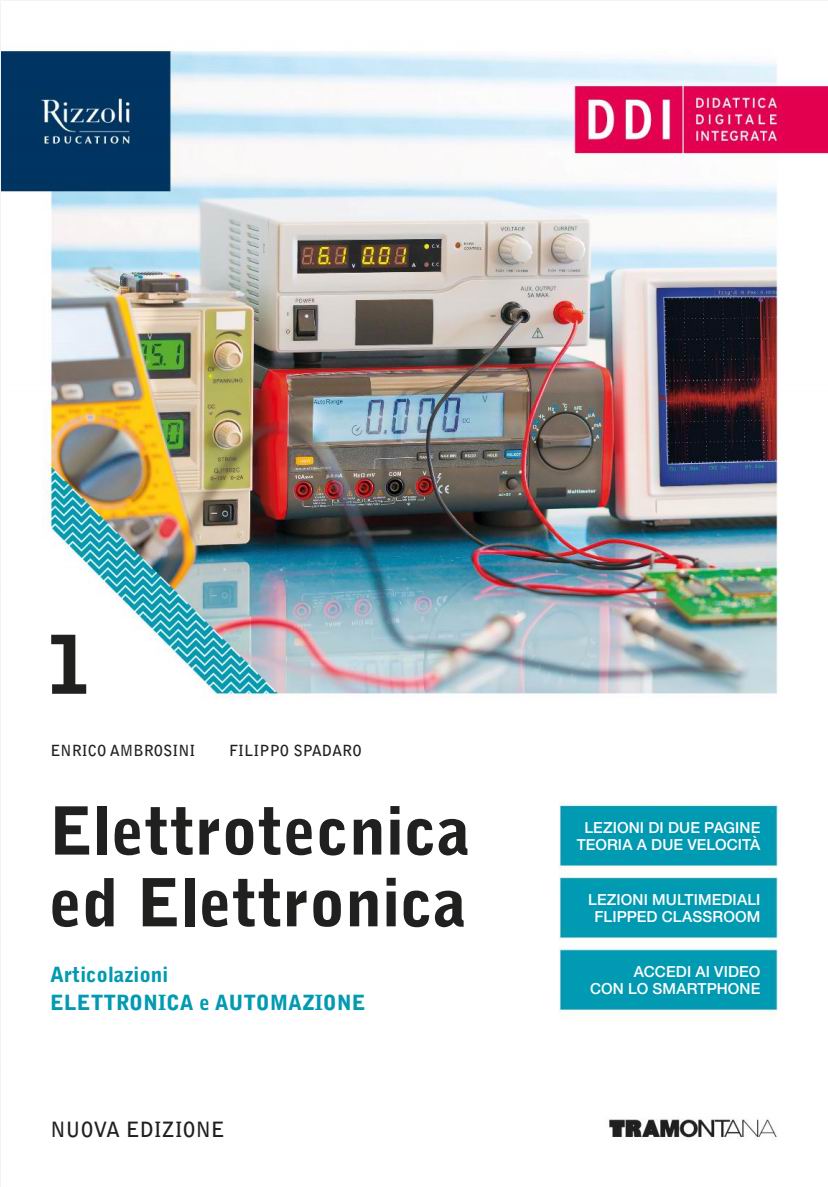 |
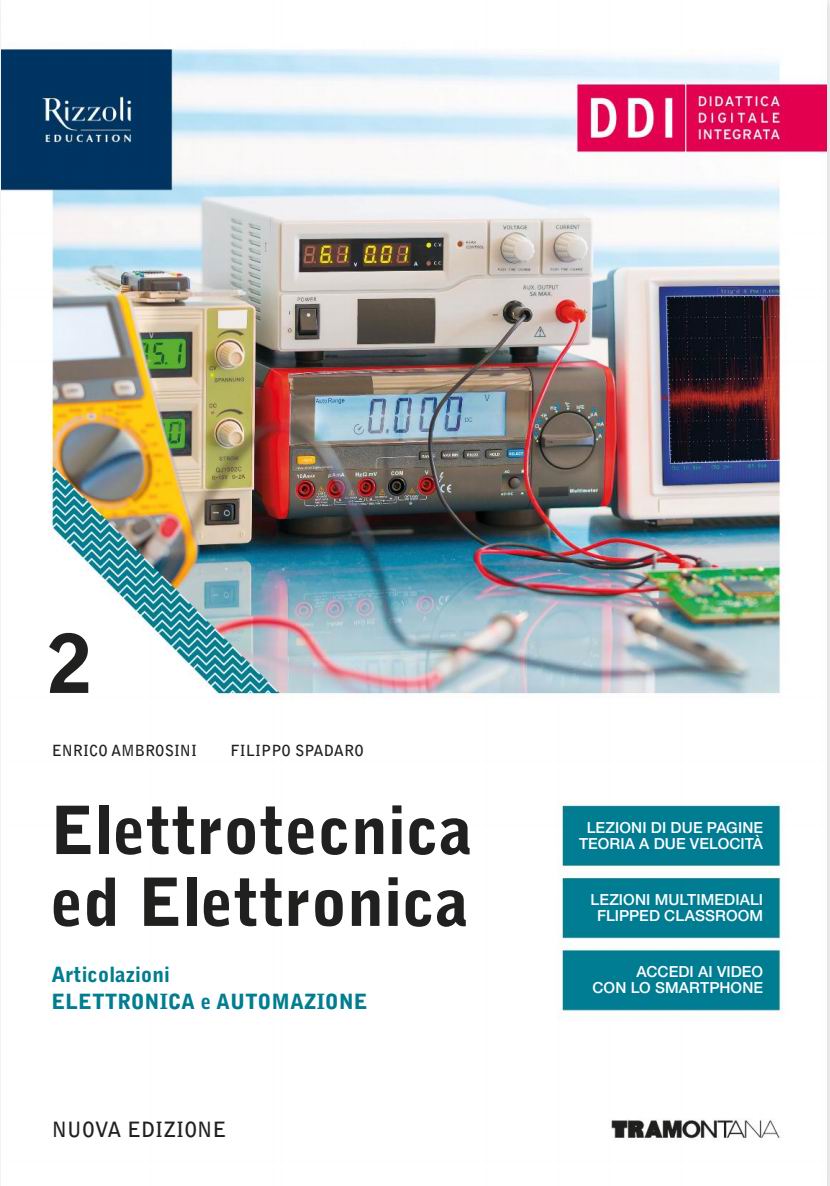 |
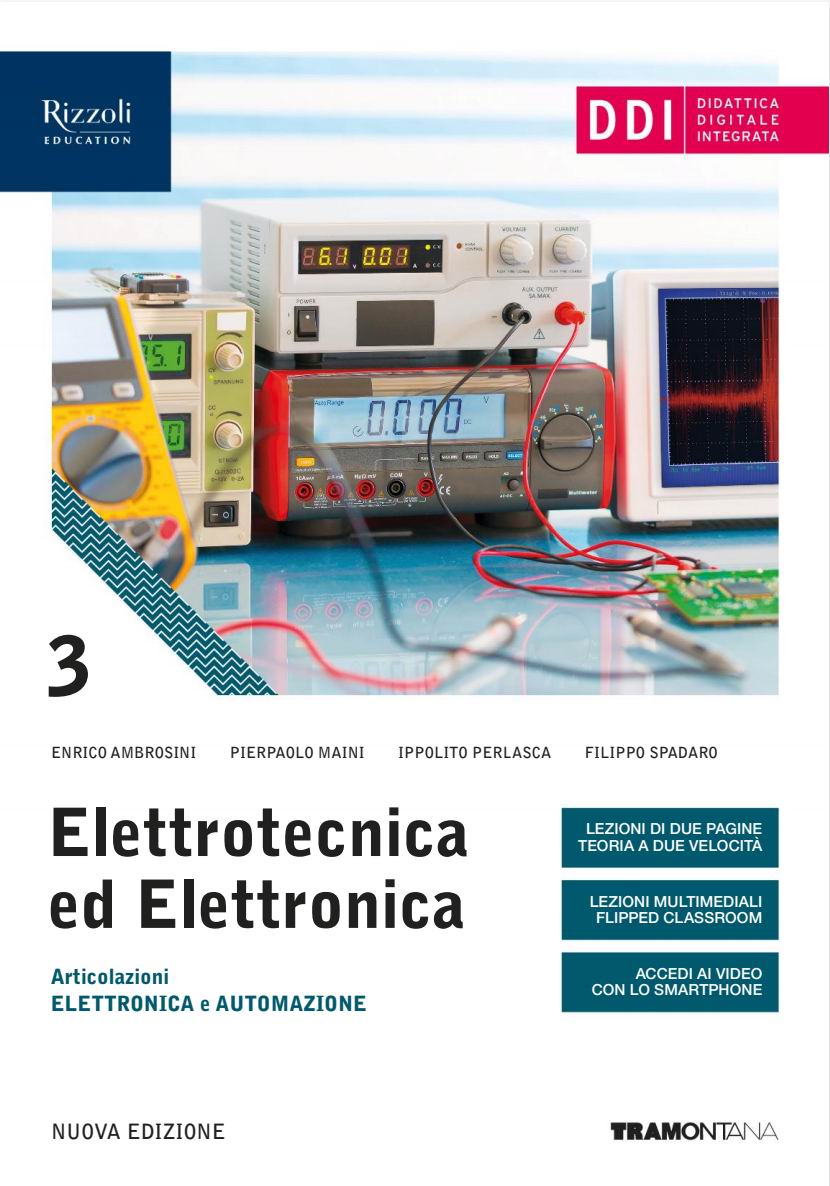 |
In this new edition we have reorganized the contents of the book into single topics of 2 pages for 1 hour of lessons, with 2-speed theory: the title-sentences and the colored background highlight the fast path.
Many examples allow you to apply the theory right away. The learning process is systematically assisted: videos for easy study in the ebook version, concept maps for review, problems carried out and to be carried out, all solved and with reference to the formulas and lessons. All materials to prepare for the test are always with the answers and solutions in the book.
We have also written multimedia lessons that allow, through simulations, to experiment with new teaching strategies and allow a simplified and intuitive study, even with videos, of many topics of the theory. In the book we also offer many practical workshops, with traditional proposals but also with more innovative proposals (for makers): the support files for the tutorials are always available.
Here the lesson on the Kirchhoff's law (click to enlarge):
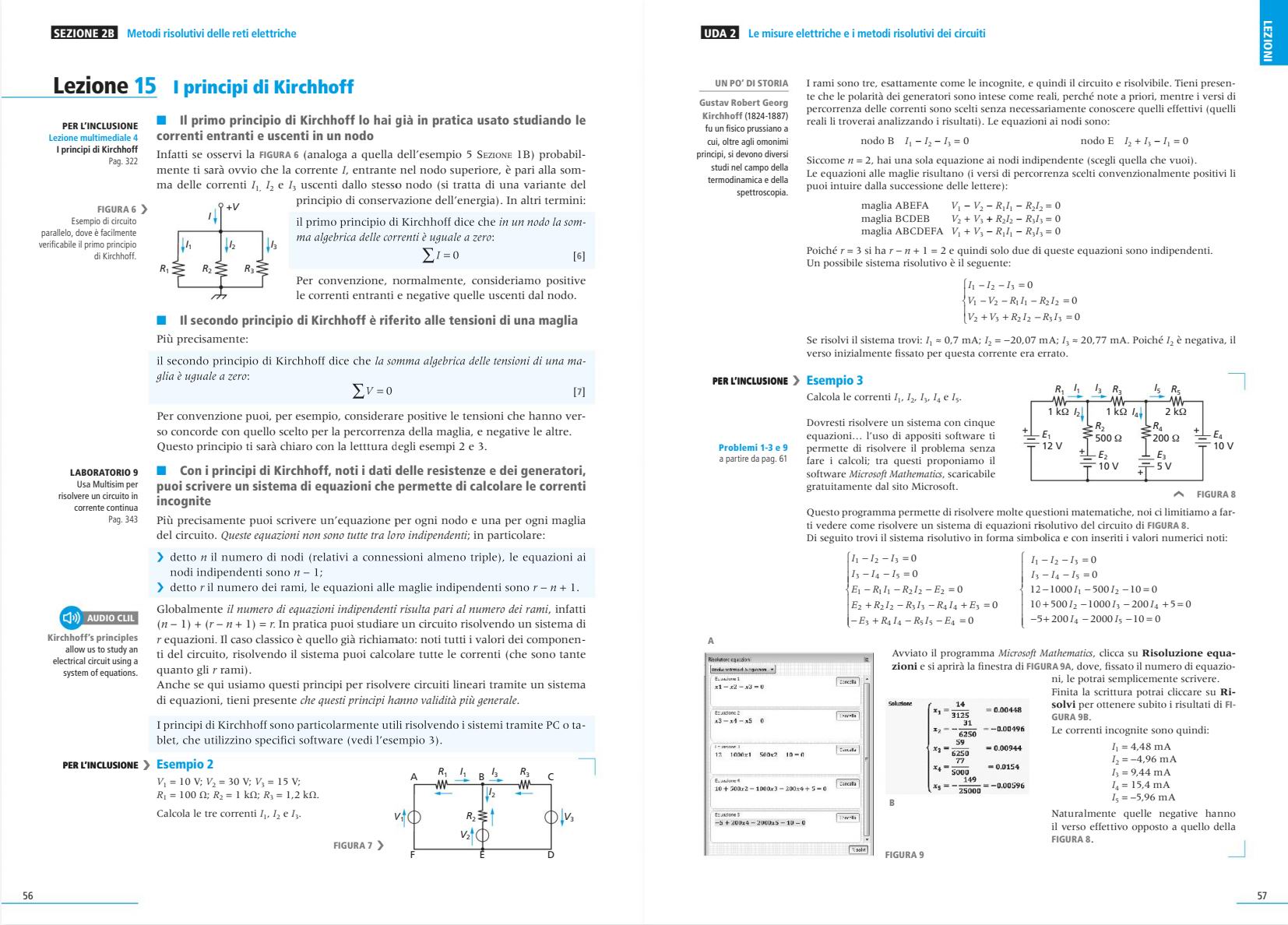 |
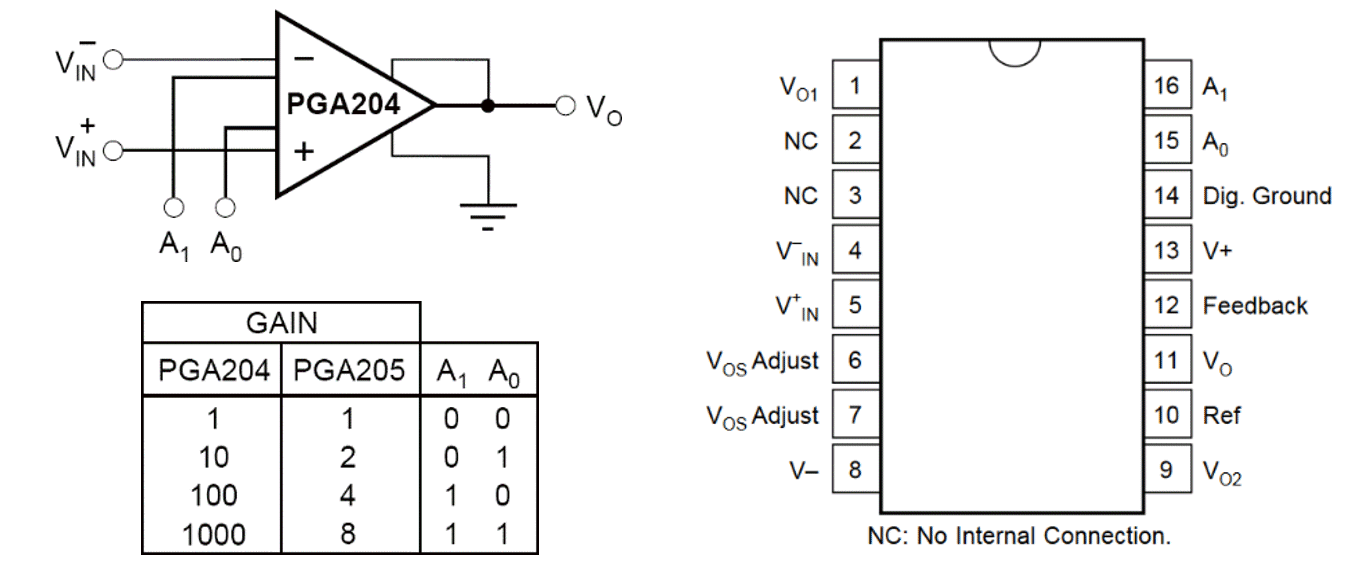
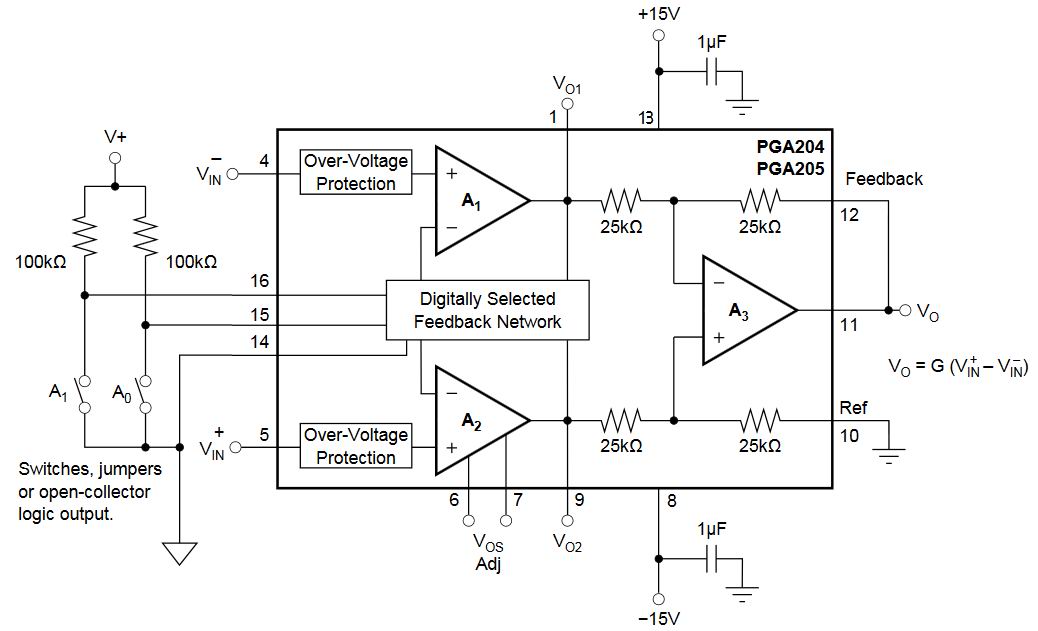
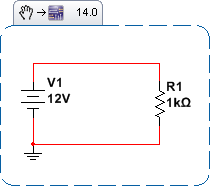
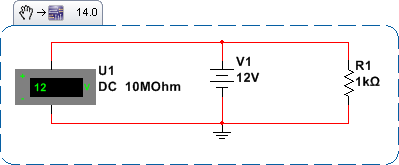 What can we expect from this circuit?
What can we expect from this circuit?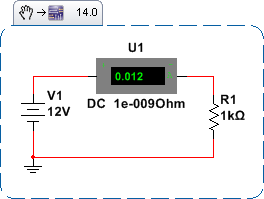 Let's go back to the current now and see if it's there.
Let's go back to the current now and see if it's there.